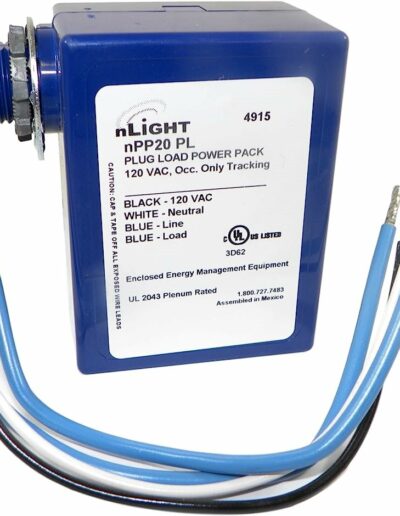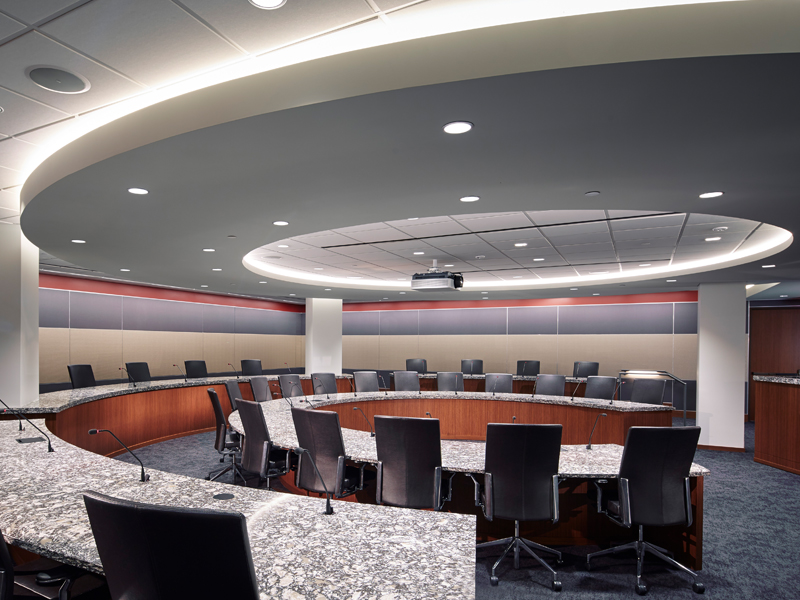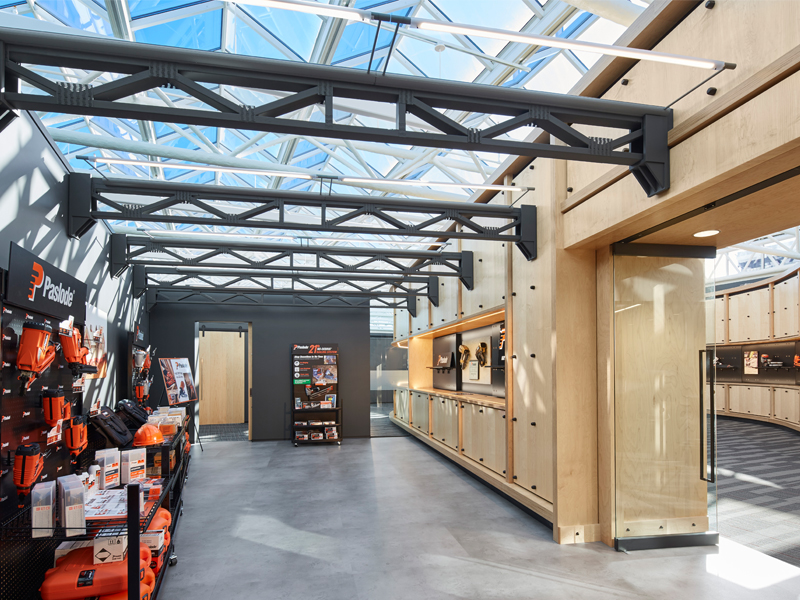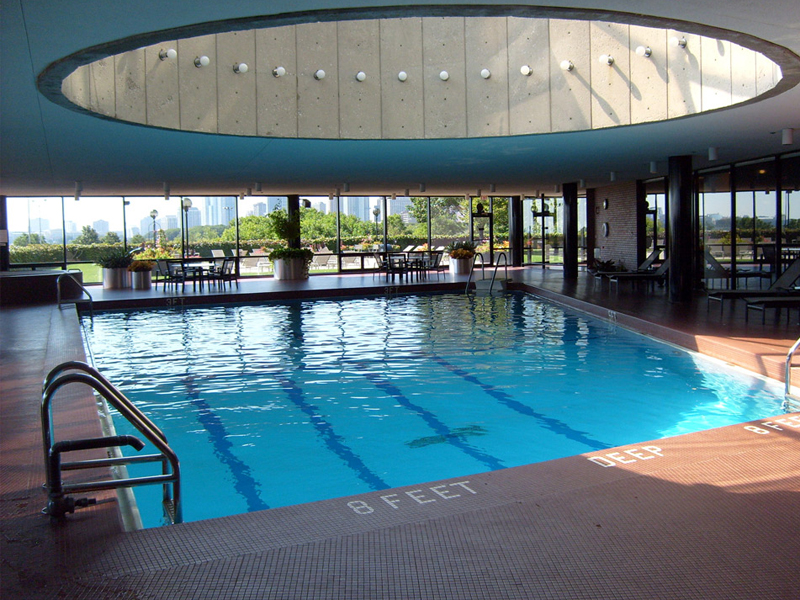Controllability of Receptacles
Are you up to date with the latest City of Chicago Energy Transformation Code?
This was formerly known as the Chicago Energy Conservation Code. If not, in a few brief minutes you can have a better understanding of a new addition to this Code: The Controllability of Receptacles.
Follow along…
What is it? It is an energy strategy to automatically turn off plug loads when a respective space is left unoccupied for a predetermined time.
Why is it important? The benefit of implementing automatic receptacle control is to eliminate vampire loads and limit energy consumption of electrical receptacles during non-occupied times.
Where are controlled receptacles required to be installed? Some locations include Private Offices, Open Office Areas, Break Rooms, Huddle / Conference Rooms, Classrooms, etc. Basically, any locations that are occupied on a regular basis shall be considered.
What codes are followed? The 2022 Chicago Energy Transformation Code, based on the 2021 Edition of the International Energy Conservation Code (IECC), applies to any project where the first permit application is started on or after November 1, 2022.
What are the code implications? At least 50% of all 120V, 15 and 20 Ampere receptacles shall be automatically controlled by a device that turns power on and off based on a time-of-day schedule, occupancy sensor or automated signal from another control or alarm system.
Are there any code exemptions that can be applied? Yes, glad you asked. Any receptacles that are designed specifically to support equipment requiring continuous operation (24-7) or any areas where automatic receptacle control would endanger the safety or security of building occupants, can be considered exempt.
What does a controlled receptacle look like? Very similar to a standard receptacle, the controlled receptacle differs by including a factory applied marking in accordance with electrical code section 406.3(E). Although not a Code requirement, the device should be ordered with a unique color so that it can be easily distinguished from a non-controlled, standard receptacle.
Are there any special installation requirements? Yes. There are three important requirements to note:
1. Each controlled receptacle shall include a permanent label provided on the faceplate of the receptacle that states, “Sensor Controlled”. This is not a Code requirement, but it is good practice.
2. Ensure that at least (1) controlled outlet will be located within 12” of an uncontrolled, standard outlet or incorporate a split-wired receptacle configuration that can provide flexibility to the end user.
3. In any Open Office furniture system, at least (1) controlled receptacle shall be provided and installed for each workstation. There is an exception to the 12” rule if the receptacles are installed in workstations. Typically the knockouts in the base of a furniture panel are spaced further apart than 12”. As such, the maximum separation can go up to 72”.
What are some installation options to support controlled receptacles, specifically to Open Office Areas?
OPTION A: Controlled receptacles located within a 600 square-feet open office area can be tied directly to the ceiling occupancy sensors serving the respective area. Upon 20 minutes of non-activity, all controlled receptacles shall turn off, until motion is detected again.
OPTION B: A time-of-day operated control device (Lighting relay panel with time clock capability) can turn controlled receptacle power off at specific programmed times and can be adjusted separately for each day of the week. The control device shall be capable of providing independent scheduling for each portion of the building not to exceed 5,000 square-feet and not to exceed one full floor. The time-of-day control system shall be capable of being overridden for periods of up to two hours by a fully accessible override switch that is located within direct line of sight of the area it is serving.
What are some concerns of incorporating Automatic Controlled Receptacles (ACR’s)?
Using ARC’s may lead building occupants to unsafe use of extension cords or power strips to overload non-controlled receptacles. Some occupants may have anxiety and uncertainty regarding controlled receptacles and therefore may only utilize non-controlled receptacles to support their laptop, monitors and associated devices. This may lead to overload of power circuiting.
Conclusion:
Well, there you have it. As promised, an excess of essential information was delivered within a few minutes time. There are numerous benefits from automatic controlled receptacle implementations. Control devices can be programmed to turn off devices when they are not in use and reduce overall energy consumption without a second thought. Thanks for your time today and we hope this short narrative can be beneficial to your next energy sustainability project.






















